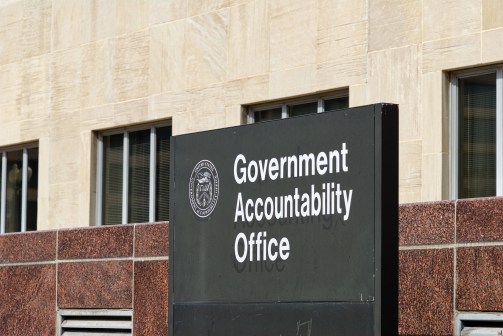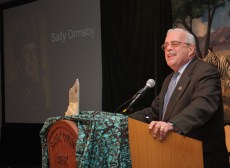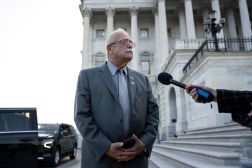Technology Business Management could play a role in future FITARA Scorecards

As Congress continues to evolve the Federal IT Acquisition Reform Act Scorecard, federal officials believe lawmakers will integrate the Technology Business Management (TBM) framework to paint a better picture of the impact that agency IT investments have on mission outcomes.
The Office of Management and Budget is beginning to add more data to the federal IT Dashboard about agencies’ usage of TBM — a private-sector framework that has caught on with federal CIOs as a data-driven tool to more directly show the business (or mission) value of IT investments. And now that this data is available, there’s an “immense” opportunity for Congress to begin integrating this data into future FITARA Scorecards, said Kevin Walsh, the Government Accountability Office‘s director of IT and cybersecurity.
“At some point, not maybe the next scorecard, but at some point down the line, I can see TBM being used to refine the existing scorecard measures,” Walsh said Wednesday during an AFFIRM event on the topic.
Adding a measure of TBM to the scorecards would give overseers on Capitol Hill, agency officials and budgeters at OMB a chance to dive deeper into the conversation on the effectiveness of IT spending — things like “how much agencies are spending on managed services … [and] what they’re spending on maintenance and support,” he said.
“There’s a lot of really neat things that you could do once those data are available,” Walsh said.
For General Services Administration CIO David Shive, that makes total sense. There’s a natural parallel between TBM and the FITARA Scorecard — now 10 iterations in — as it’s become more of a total digital hygiene audit for agencies, he said.
“The intersection is actually very blunt and very obvious when you kind of lift the lid and look under the covers for both of them,” Shive said on a panel with Walsh. “They’re all about increased transparency, whether it’s transparency in how an IT shop is delivering against the business mission of the agency it’s serving or it’s cost transparency, where you’re assessing the value of IT investments relative to the business value derived out of those investments.”
In a much less sophisticated way, the scorecards too are tools to shine a light of transparency on an agency’s IT function in ways that Congress believes impacts the bottom-line mission.
“It’s all about increasing transparency so that executive decision-makers can make better decisions,” Shive said of both TBM and the scorecards.
Shive has been invested in TBM and data-driven decision-making since “really before FITARA was a thing,” he said. He even helped produce a federal playbook to guide agencies with TBM adoption. Because of that, and given the similarities between the two, it’s no surprise GSA is constantly one of the top performers year after year on the biannual scorecards.
“We’ve been able to demonstrate over a pretty extended period of time that we’re doing good IT on behalf of the businesses of GSA,” he said. “And we’re deeply proud of that.”
What’s more, this data-driven nature of TBM also leads to happier and more satisfied employees because it shows them the direct impact of their work on the mission of GSA, Shive said.
“What the data shows is that people who can draw a straight line between the tough work that they do, even if that work is swapping out tapes in a data center or … if they can draw a straight line between the work they do and the mission of the organization they work in … that they become increasingly happy in their work, they become increasingly competent in their work,” he said.
And as a result, GSA’s IT team is continually rated the best to work for in the federal government, according to Federal Employee Viewpoint Survey data, Shive said.






